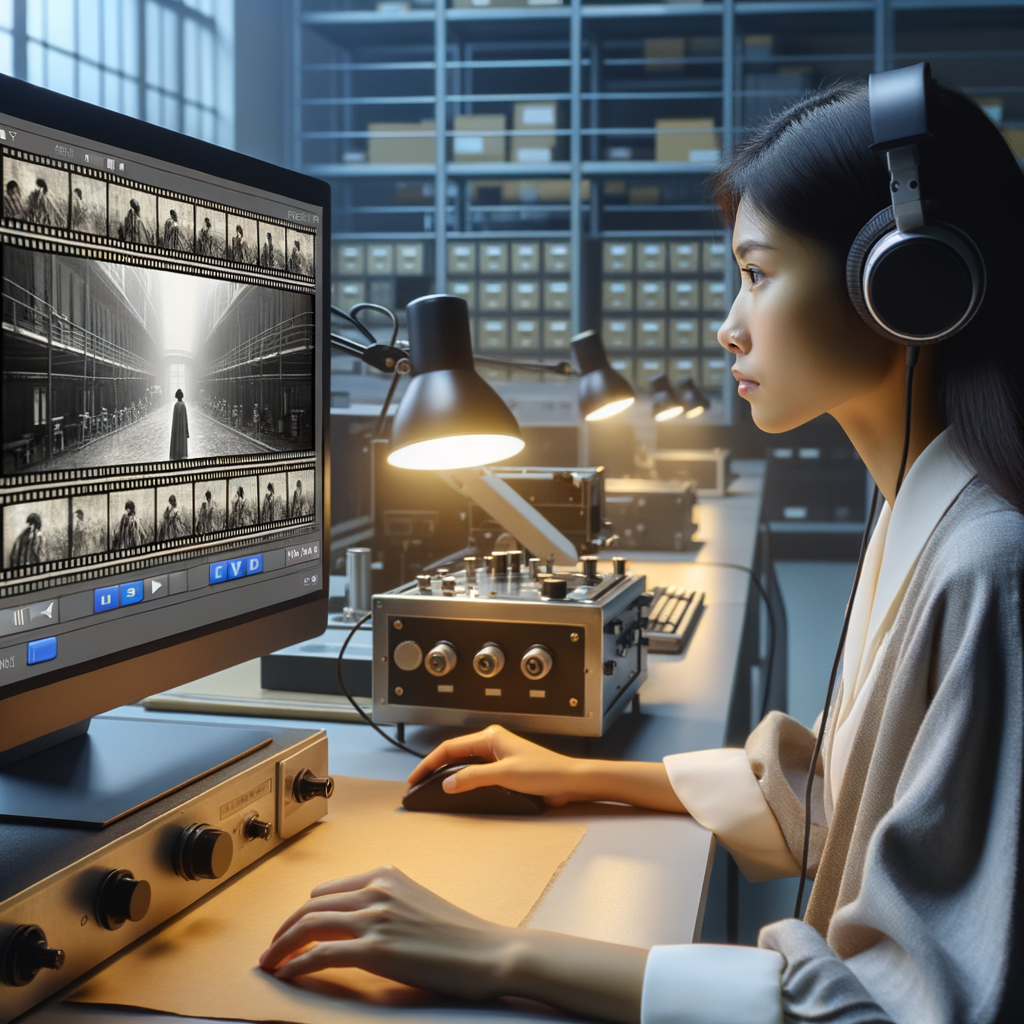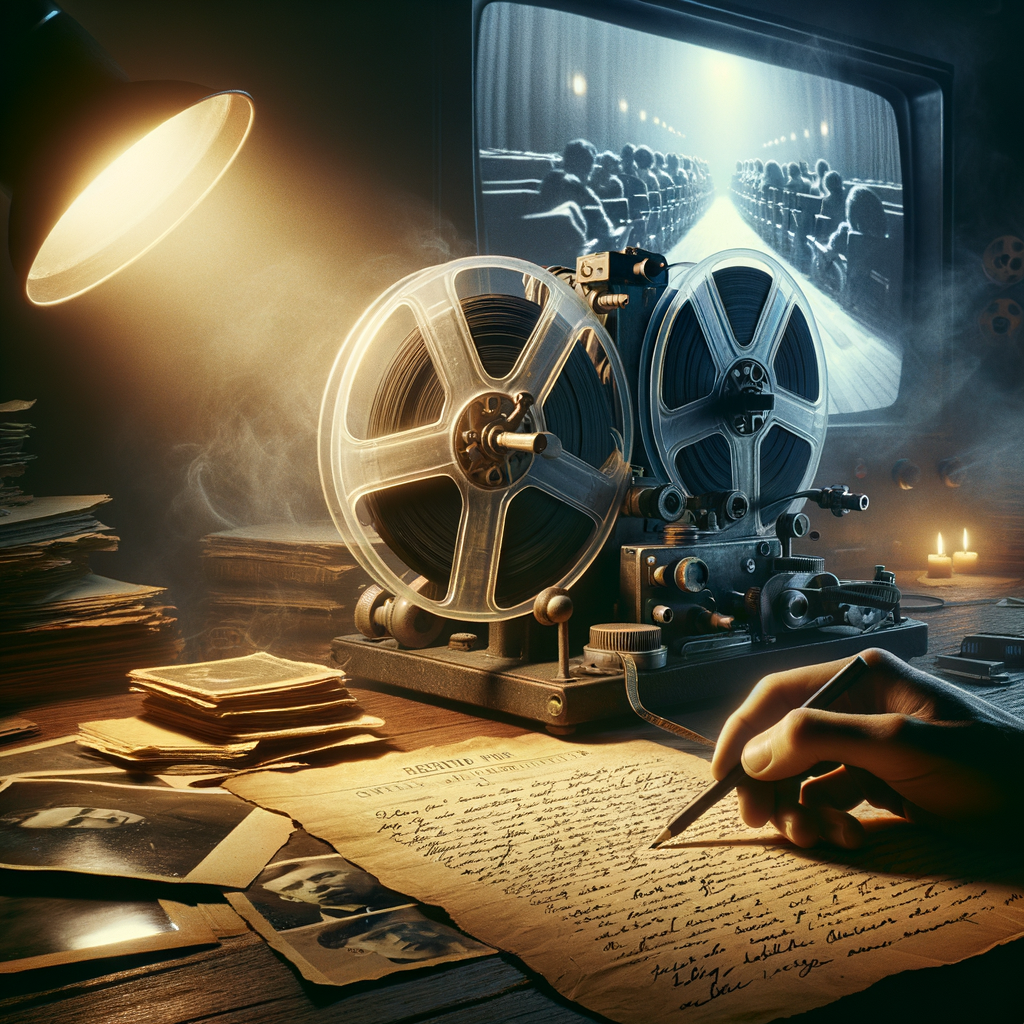Unlocking Hidden Stories: How Transcription Services Reveal Untold Narratives in Historical Footage
Learn how transcription services uncover forgotten voices and stories in archival media, making the past accessible and meaningful for future generations.
Unlocking Hidden Stories: How Transcription Services Reveal Untold Narratives in Historical Footage
History surrounds us, not just in grand monuments or well-trodden history books but in reels of archival footage quietly preserved in vaults and hard drives around the world. Until recently, much of this audiovisual material remained largely inaccessible, its stories trapped in obsolete formats or unindexed files. As a storyteller and believer in the power of history, I have always been fascinated by the possibilities that lie in these forgotten records. Transcription services have become a transformative force, breathing new life into these shadowed archives, making the past vivid and relevant for modern audiences.
Transcribing historical footage isn't simply about turning spoken words into text; it's an act of rediscovery. I remember the first time I worked with a batch of decades-old video interviews from a civil rights archive. By transcribing the dialogues, conversations, and spontaneous remarks, previously overlooked details began to emerge. The cadence, the inflections, the pauses—all of these nuances, preserved in text, provided richer context to the events being described. Beyond accessibility, transcription bridges the gap between past and present, allowing more people, including those with hearing impairments or language barriers, to engage with these lost narratives.
Transcription services empower researchers, documentarians, and educators to sift through hours of content rapidly. Before automated and professional transcription became widespread, the sheer volume of footage in most archives made in-depth research time-consuming and daunting. Now, searchable text files make it possible to locate key phrases, identify patterns, and draw connections between different sources. This not only saves time but also encourages fresh interpretations of material that might have been set aside as unwieldy or irrelevant. Through the process, unknown voices—those who may not have made it into published histories—are finally heard.

The democratization of archival material is perhaps the most exciting result of widespread transcription. Museums, universities, and grassroots organizations can now share annotated transcripts and subtitled videos on digital platforms, inviting participation from global audiences. I have seen classroom projects where students analyze transcribed interviews with immigrants, or podcasts featuring stories uncovered from transcribed World War II letters and broadcasts. Thanks to these transcripts, content creators can produce documentaries, blog posts, and educational resources that honor voices from the past and inspire dialogue in the present.

Equally important is the role of transcription in combating misinformation. When archival footage is transcribed and made publicly available, it becomes more difficult to misrepresent, misquote, or manipulate historical records. Having a written, time-stamped record supports accuracy and transparency, which is essential when these materials are used in documentaries, news, or social media discussions. I believe that a more accessible and searchable archive builds a stronger foundation for trustworthy storytelling—a necessity in our digital era.
Looking ahead, I am excited by the potential of new transcription technologies, including AI-powered speech recognition that can handle multiple languages, dialects, and even contextualize background noises or crowd reactions. These tools promise to unlock even more of history's hidden stories, allowing us to continually reevaluate what we know about the past. As a creator, historian, or simply a curious mind, embracing transcription services opens up a world of lost narratives ready to be discovered, shared, and celebrated.
Conclusion
Transcription services are revolutionizing how we interact with historical footage, allowing untold stories to resurface and reach wider audiences. By transforming audio and video into accessible, searchable text, we not only preserve voices otherwise lost to time but also empower new generations to learn from and contribute to our shared history.
Blog Article Tags
transcription historical footage archival research storytelling media preservation digital history content creation untold stories accessibility documentariesMore Articles
Maximizing Your Reach: Effective Social Media Strategies for Indie Creators - Discover actionable social media strategies for indie creators to engage fans, grow your audience, and increase support across disciplines.
How to Build a Bulletproof Backend Service That Scales Seamlessly in 2025 - Explore cutting-edge strategies and practical tips for building backend services that are resilient, scalable, and ready for the user demands of 2025.
Unlocking Hidden Revenue Streams with Specialized Backend Seller Services - Explore innovative backend solutions that empower online sellers to unlock hidden revenue streams, streamline operations, and outpace e-commerce competition.
How Niche Music Service Marketplaces Are Revolutionizing Local Artists' Global Reach - Explore how specialized online music platforms empower local artists to connect with global audiences and change the landscape of music distribution.
How Freelance Music Marketers Are Reshaping Viral Artist Campaigns - Uncover how independent music marketers are driving viral campaigns and artist success in 2025—without major labels or traditional industry gatekeepers.


